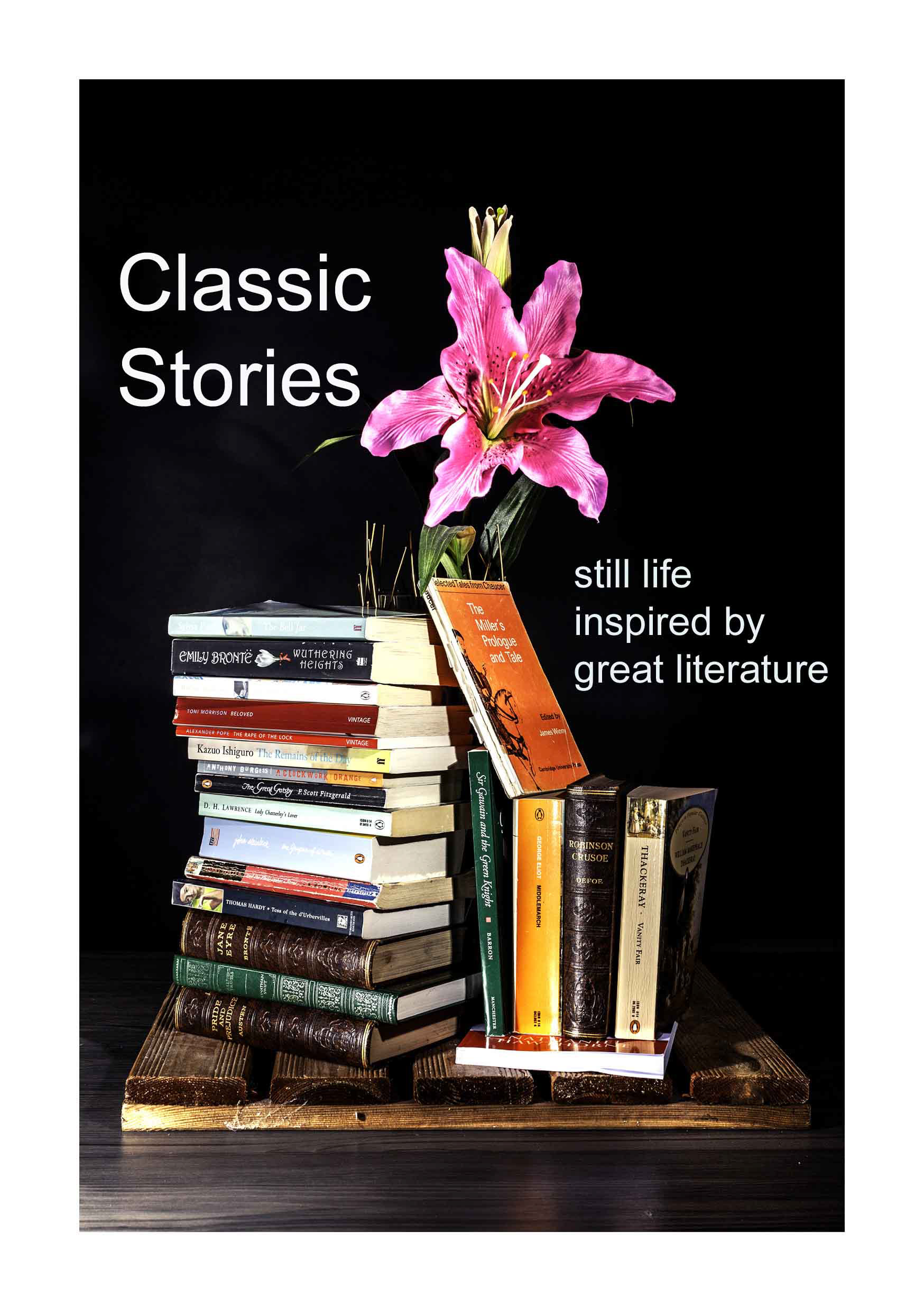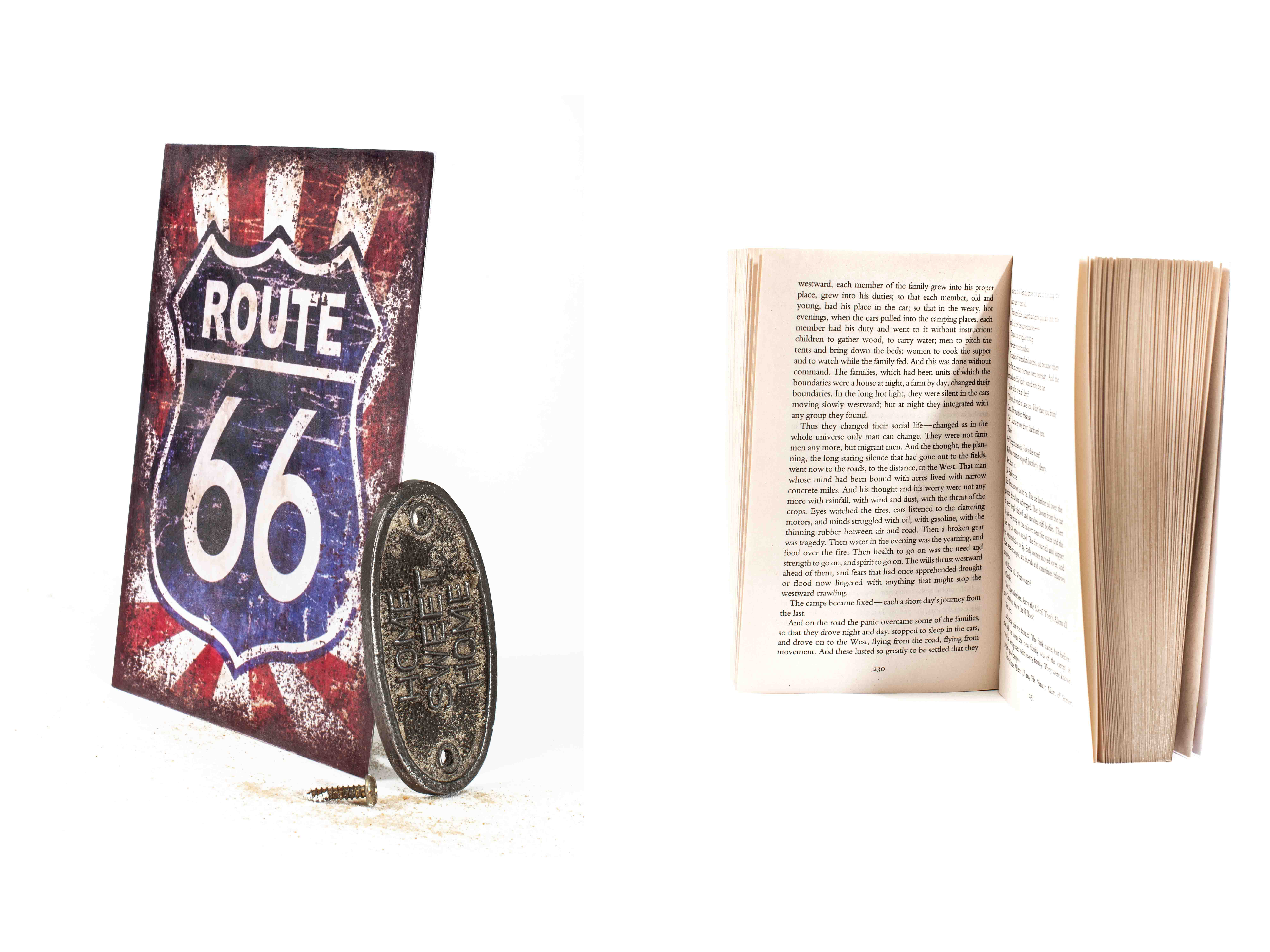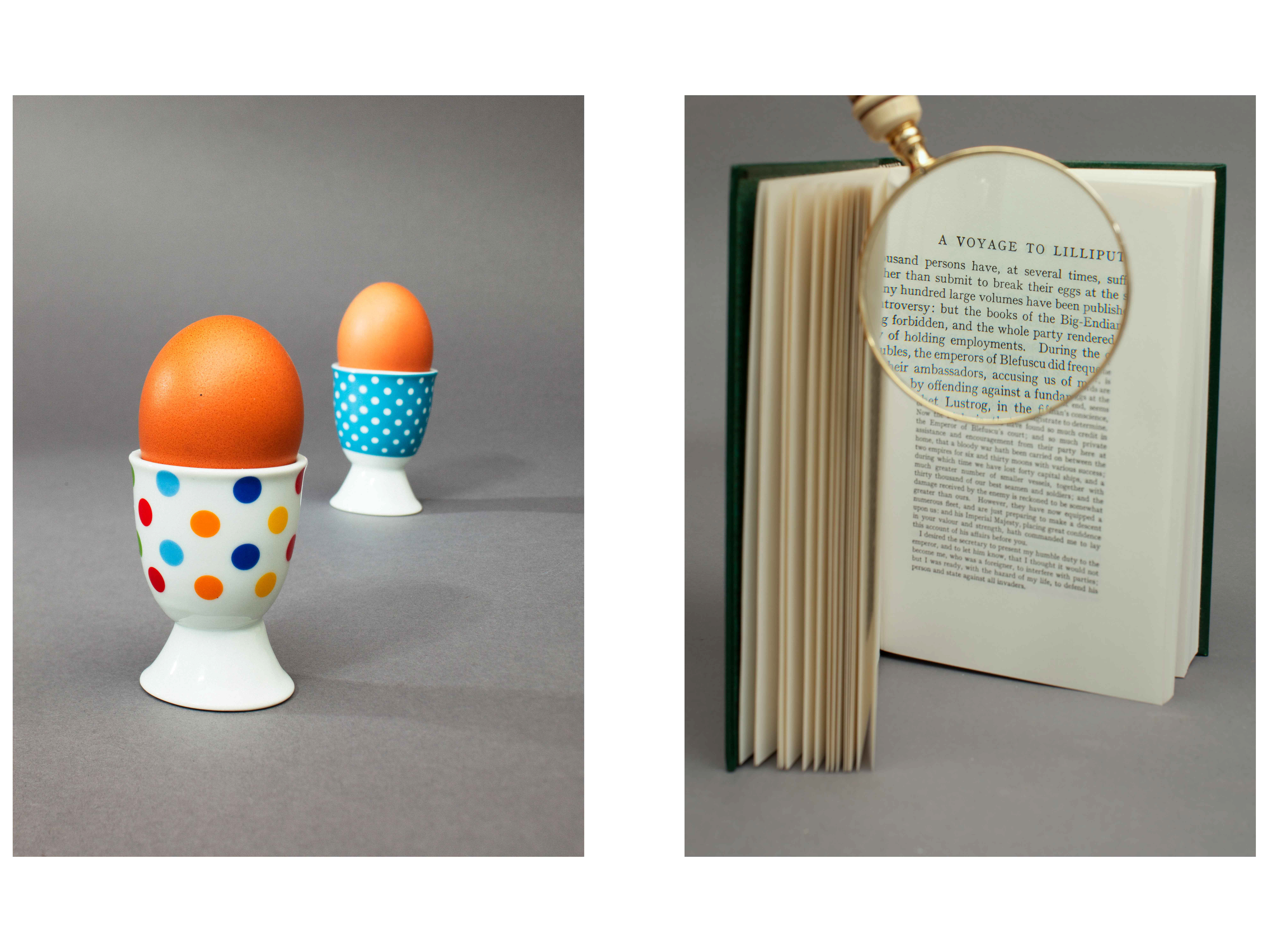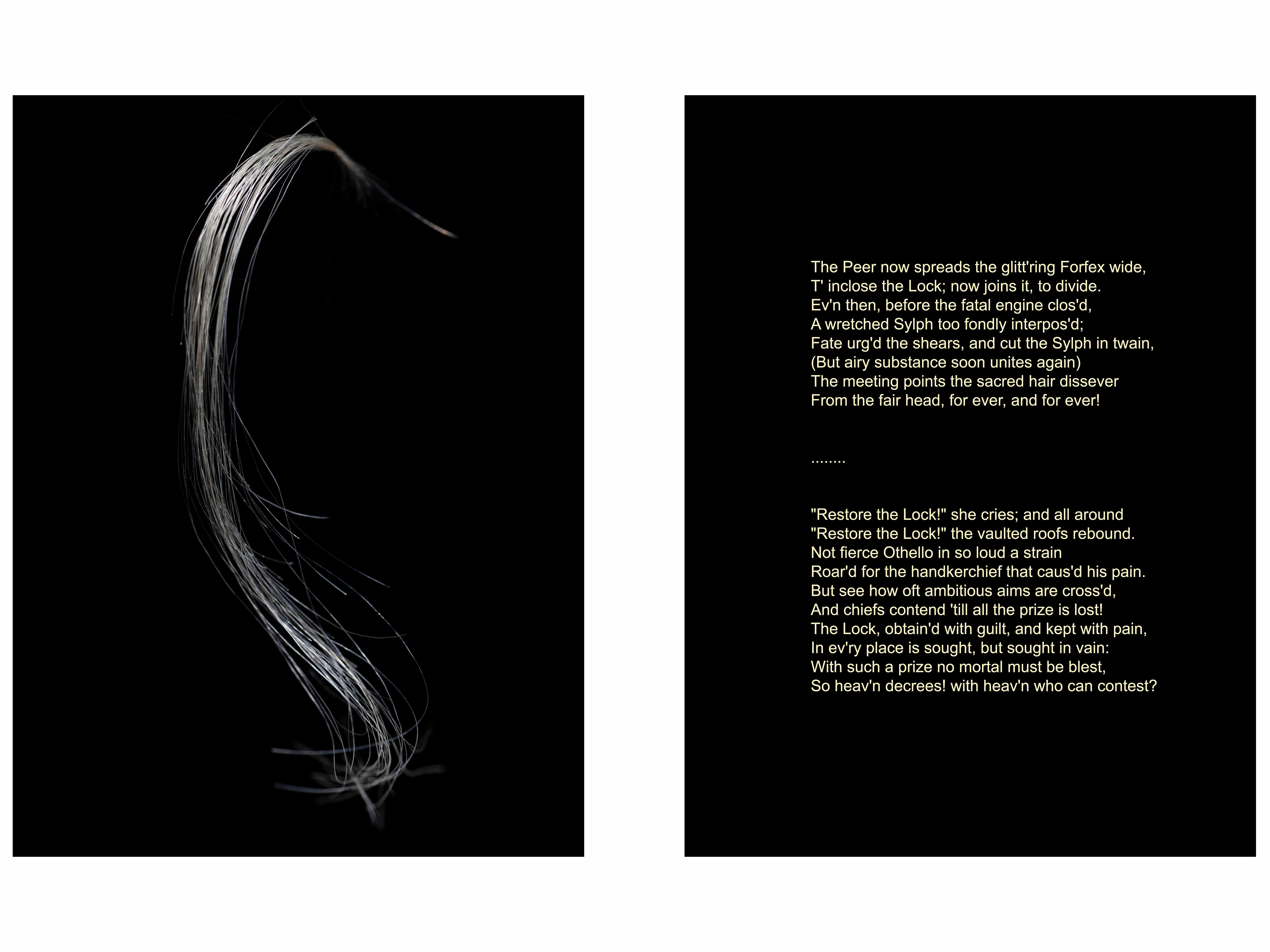Art, and particularly still life art, is rich with flowers that have meaning and significance beyond their basic definition.
OPHELIA: There’s rosemary, that’s for remembrance -
Pray you, love, remember - And there is pansies, that’s for thoughts.
From ‘Hamlet’ (Act IV scene 5)
The red poppy (see the image in The Remains of the Day) has a special significance on Remembrance Sunday. It symbolises those who were killed during the wars, particularly World Wars One and Two. Poppies grew in large numbers in Flanders (Belgium), where many troops in WWI were killed.
Australians and New Zealanders wear a sprig of the herb rosemary, often alongside a poppy, on Anzac Day, commemorating the WWI troops who died in Gallipoli (Turkey), where rosemary grows wild in abundance.
‘Pansy’ comes from the French word ‘pensée’, meaning ‘thought’ – hence Ophelia’s comment. The wild pansy is also called ‘love in idleness’ and is mentioned in Shakespeare’s ‘A Midsummer Night’s Dream.’
Oberon, The King of the Fairies, tells his servant Puck about
…a little western flower,
Before milk-white, now purple with love’s wound.
And maidens call it “love-in-idleness.”
Fetch me that flower. The herb I showed thee once.
The juice of it on sleeping eyelids laid
Will make or man or woman madly dote
Upon the next live creature that it sees.
Fetch me this herb, and be thou here again
Ere the leviathan can swim a league.
From ‘A Midsummer Night’s Dream’ (Act II scene 1)












